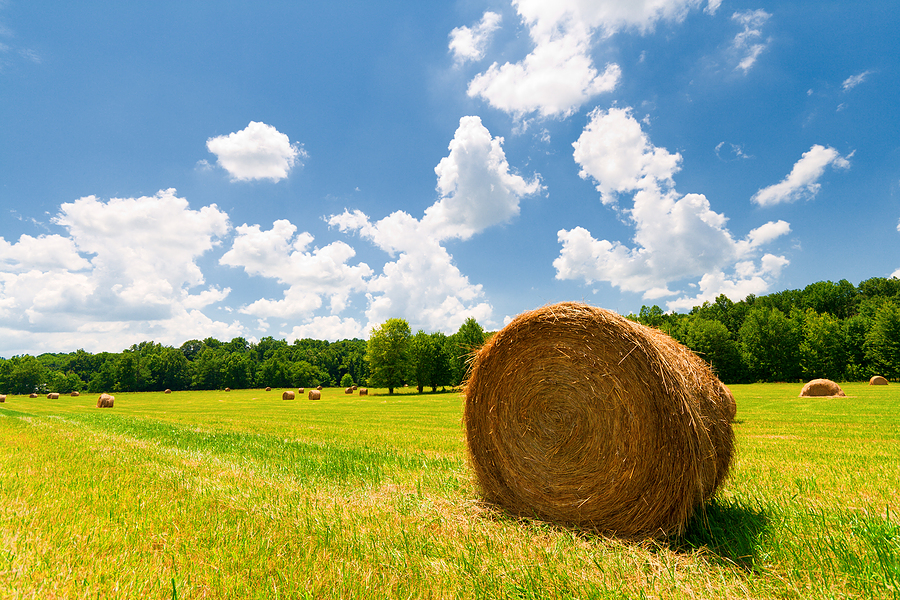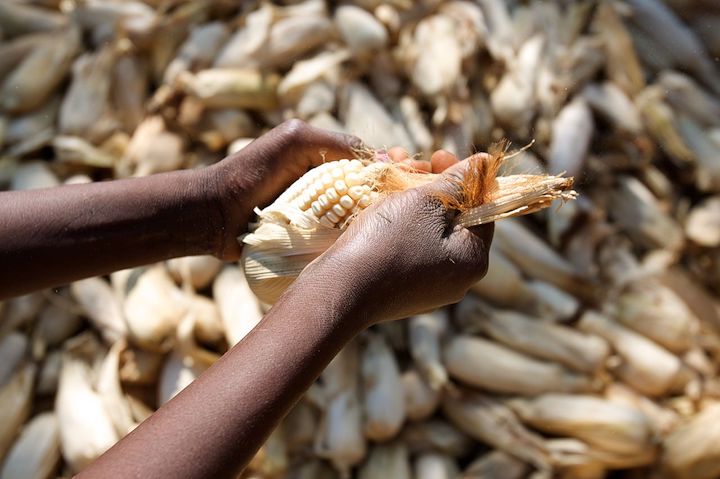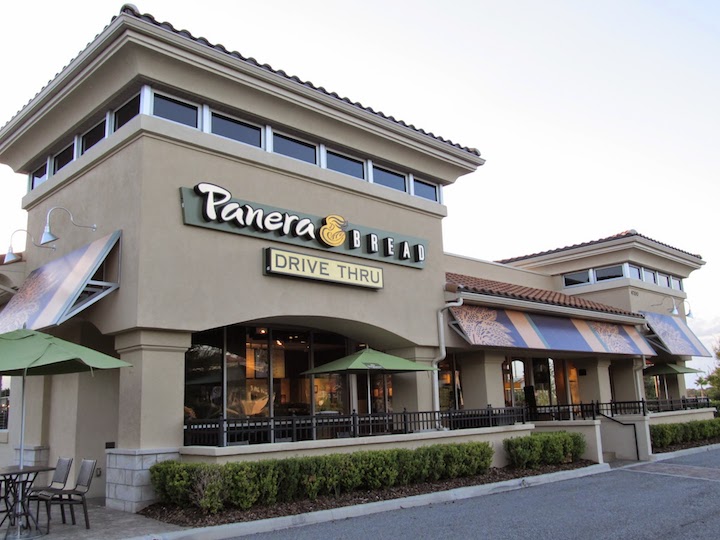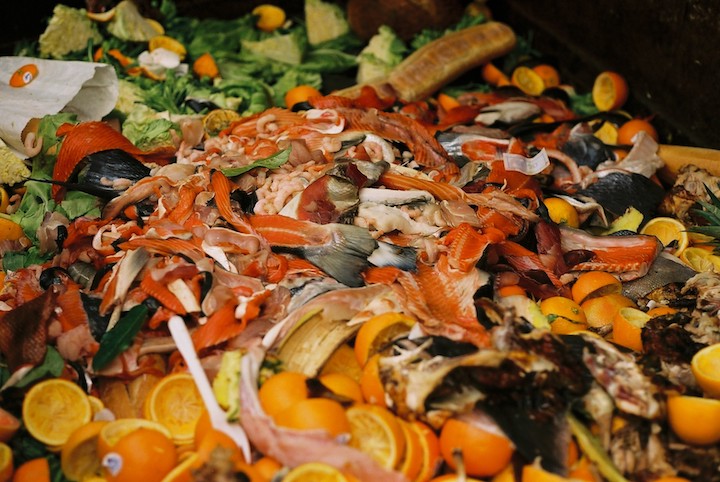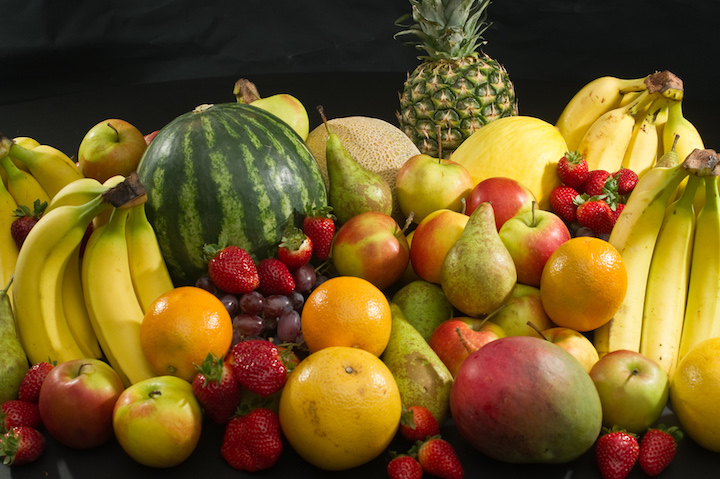
While most of us are taught from a young age that it’s not good to judge a book by its cover, we do it all the time with the fruits and vegetables we choose to buy — or not buy. In the United States, this obsession with blemish-free food causes us to throw away almost as much food as we eat, which deepens hunger and poverty while inflicting a heavy toll on the environment.
Large amounts of fresh produce grown in the U.S. are left in the field to rot, fed to livestock or hauled directly from the field to landfill because of unrealistic cosmetic standards. Between the farm and our tables, high-value and nutritious food is being sacrificed to retailers’ demand for unattainable perfection, according to farmers and others on the food distribution chain. One in five fruits and vegetables grown in the U.S. never make it off the farm due to tiny cosmetic defects that don’t affect quality, according to Imperfect Produce.
Besides being a social and environmental problem, this practice of throwing away perfectly edible but ugly food also contributes to our massive food waste challenge. Nearly 40 percent of the food we grow in the U.S. goes to waste, which costs businesses as much as $161 billion annually.
Luckily, several innovative companies are stepping up to find ways to make sure even ugly fruits and vegetables make their way into our stomachs rather than our landfills. Here are a couple we think are awesome:
Continue reading “3 companies creating shared value from ‘ugly’ produce”
